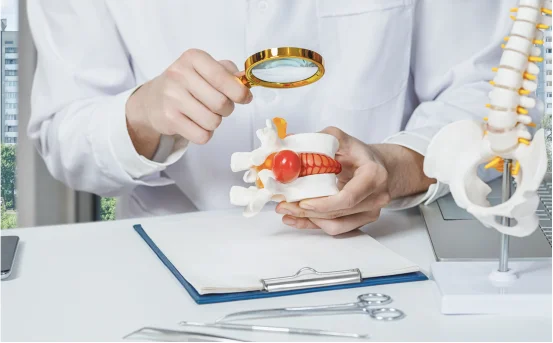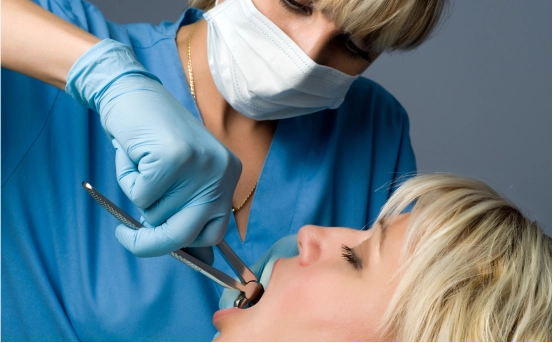Types of pediatric hernia repair surgery is a routine procedure performed by pediatric surgeons, and it’s typically very successful with low risk. When a child is diagnosed with a hernia, it can be a stressful experience for any parent. While hernias are relatively common in infants and children, understanding the condition and the surgical options available is essential for ensuring timely treatment and recovery. Pediatric hernia repair surgery is typically safe and effective, but there are various types depending on the hernia’s location and severity.
A hernia in children happens when part of the intestine or fatty tissue pushes through a weak spot in the abdominal muscles. Unlike adults, types of pediatric hernia repair surgery in children are usually congenital, meaning they are present from birth, although they might not become visible until later. Common types include inguinal hernias, umbilical hernias, hiatal hernias, and epigastric hernias. Each type has its own causes, symptoms, and appropriate surgical solutions.
What is a Pediatric Hernia Repair Surgery?
A hernia occurs when an internal part of the body, such as the intestine, pushes through a weak spot or opening in the muscle or surrounding tissue wall. In children, hernias are usually congenital (present at birth), though they may not become noticeable until weeks or months later.
Common Types of Pediatric Hernias :-
-
Inguinal Hernia :- Occurs in the groin area.
-
Umbilical Hernia :- Occurs near the belly button.
-
Hiatal Hernia :- Occurs when part of the stomach pushes through the diaphragm.
-
Epigastric Hernia :- Appears between the chest and the belly button.
-
Incisional Hernia :- Occurs at the site of a previous surgical incision.
When is Hernia Surgery Needed in Children?
Most pediatric hernias do not resolve on their own and require surgical repair to prevent complications such as obstruction or strangulation. Surgery is often recommended :-
-
When the hernia is large or painful
-
If it persists beyond a certain age (especially for umbilical hernias)
-
If it becomes incarcerated (trapped) or strangulated (cutting off blood supply)
Types of Pediatric Hernia Repair Surgery
Open Hernia Repair Surgery
Overview :-
Open hernia repair is the most traditional method used for treating pediatric hernias, particularly inguinal and umbilical hernias.
Procedure :-
-
A small incision is made near the hernia site.
-
The surgeon gently pushes the protruding tissue or intestine back into place.
-
The muscle wall is then stitched and reinforced to prevent recurrence.
Benefits :-
-
Short surgical time (typically 30–45 minutes)
-
Low recurrence rates
-
Can be performed as a day-care procedure
Recovery :-
Children usually recover quickly, often resuming normal activities within a week.
Laparoscopic Hernia Repair Surgery
Overview :-
This is a minimally invasive technique increasingly used in pediatric surgery. It is especially beneficial for bilateral hernias (on both sides) or recurrent hernias.
Procedure :-
-
Small incisions are made in the abdomen.
-
A laparoscope (tiny camera) and surgical instruments are inserted.
-
The hernia is repaired from inside the abdominal cavity.
Benefits :-
-
Minimal scarring
-
Less postoperative pain
-
Faster recovery and return to normal activities
-
Simultaneous inspection and repair of both groins
Ideal For :-
-
Bilateral inguinal hernias
-
Recurrent hernias
-
Families preferring a less invasive approach
Recovery :-
Children often go home the same day and can resume light activity within a few days.
Hiatal Hernia Repair Surgery
Overview :-
Hiatal hernias are less common in children but may require surgery when symptoms such as severe acid reflux, vomiting, or feeding difficulties occur.
Procedure :-
-
Performed laparoscopically under general anesthesia.
-
The stomach is pulled down into the abdomen, and the diaphragm opening is tightened.
-
Sometimes combined with a Nissen fundoplication to prevent reflux.
Benefits :-
-
Resolves chronic GERD symptoms
-
Improves feeding and nutrition
-
Minimal incisions with quicker healing
Recovery :-
Hospital stay of 1–2 days may be required, followed by a few weeks of limited activity.
Umbilical Hernia Repair Surgery
Overview :-
Umbilical hernias are common in infants and usually close on their own by age 2–4. However, surgical repair is considered when the hernia :-
-
Persists beyond age 5
-
Becomes large or symptomatic
-
Shows signs of incarceration
Procedure :-
-
A small incision is made under the belly button.
-
The protruding tissue is pushed back.
-
The opening in the abdominal wall is closed with sutures.
Benefits :-
-
Straightforward procedure
-
Very low risk of recurrence
-
Minimal scarring
Recovery :-
Most children return to normal activities in 5–7 days.
Epigastric Hernia Repair
Overview :-
Epigastric hernias occur between the chest and the belly button. They are less common but may cause discomfort, especially during physical activity.
Procedure :-
-
Typically repaired through open surgery.
-
The hernia sac is removed and the abdominal wall is closed.
-
In some cases, mesh may be used for reinforcement.
Benefits :-
-
Resolves pain and prevents future complications
-
Small incision, quick recovery
Recovery :-
Children typically recover within a week.
Choosing Between Open and Laparoscopic Surgery
When deciding between open vs laparoscopic pediatric hernia surgery, the choice depends on:
-
The type and location of the hernia
-
Whether it is unilateral or bilateral
-
Surgeon’s experience and recommendation
-
Child’s age and overall health
-
Parental preference
Laparoscopic techniques are gaining popularity for their cosmetic and recovery advantages, especially in bilateral or recurrent hernias. However, open repair remains the gold standard for straightforward, first-time inguinal and umbilical hernias.
Risks and Complications of Pediatric Hernia Surgery
While hernia repair is generally safe, potential complications include :-
-
Infection at the incision site
-
Recurrence of the hernia
-
Injury to surrounding structures (rare)
-
Swelling or bruising around the site
Most complications are rare and manageable with proper post-operative care.
What to Expect After Pediatric Hernia Surgery
Post-Operative Care :-
-
Mild pain or soreness around the incision (managed with medications)
-
Avoid strenuous activities or rough play for a few days
-
Follow-up visit for wound inspection and healing
Signs to Watch :-
-
Fever
-
Redness or swelling at the surgical site
-
Persistent vomiting
-
Inability to urinate or pass stool
Notify your child’s doctor immediately if any of these occur.
Conclusion
Understanding the types of pediatric hernia repair surgeries empowers parents to make informed decisions and feel confident in their child’s care. Whether it’s a simple open repair for an umbilical hernia or a laparoscopic approach for a bilateral inguinal hernia, modern surgical techniques are safe, effective, and designed for fast recovery.























